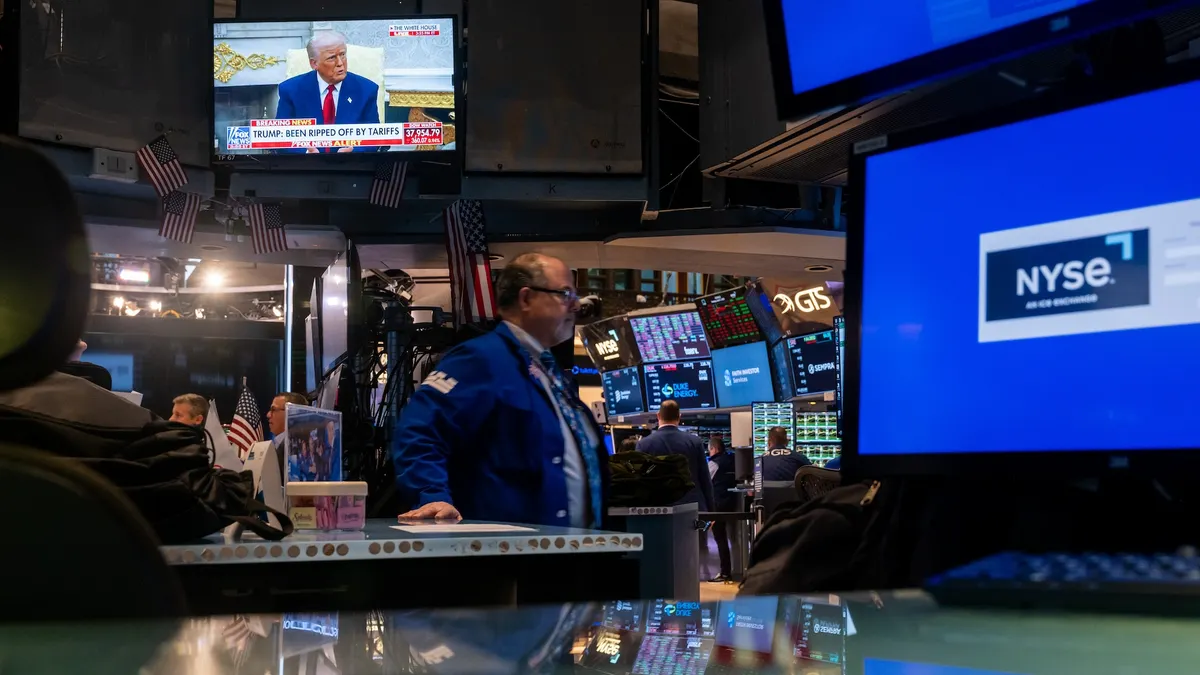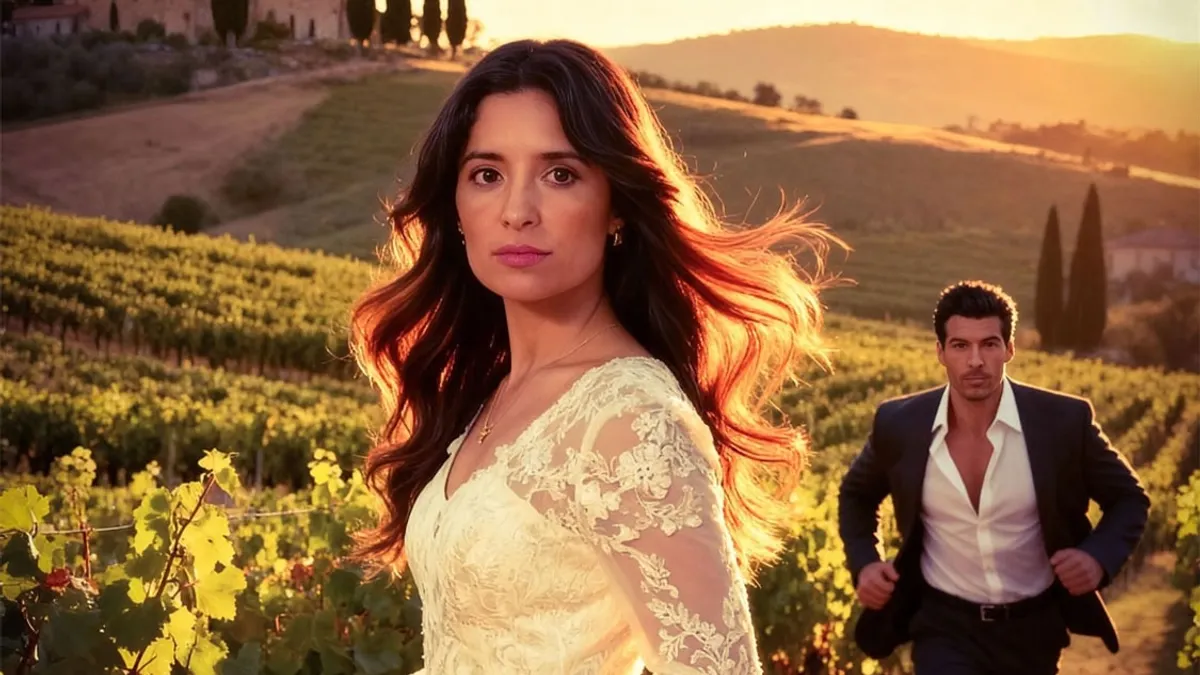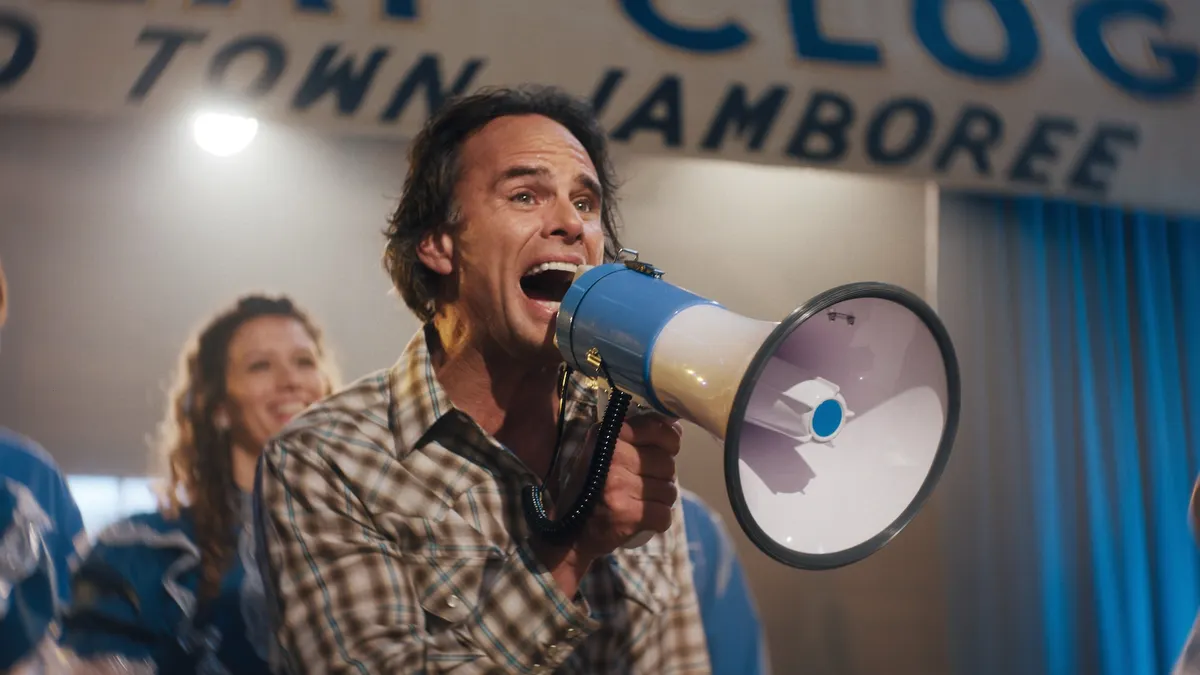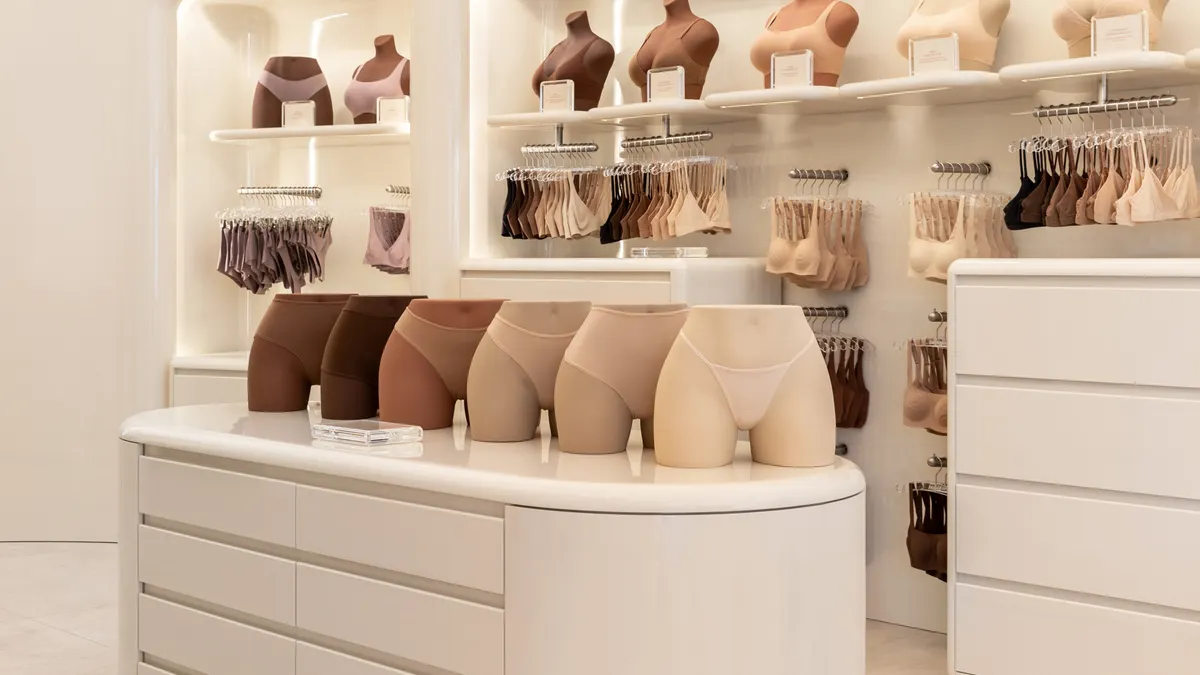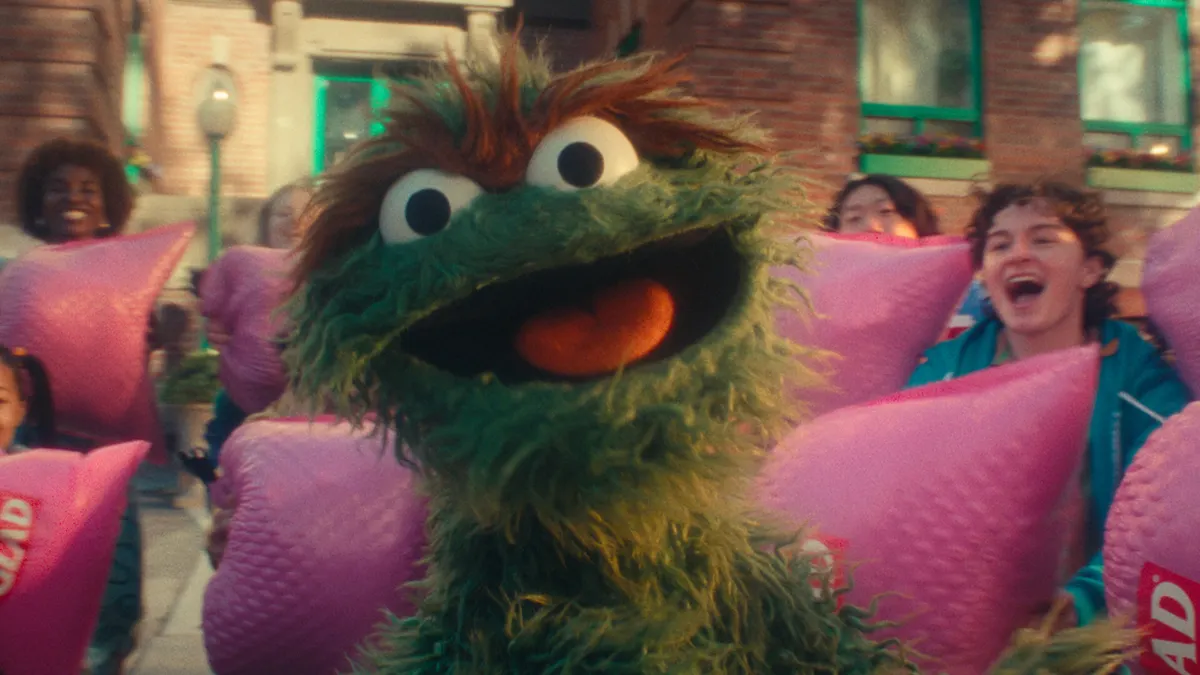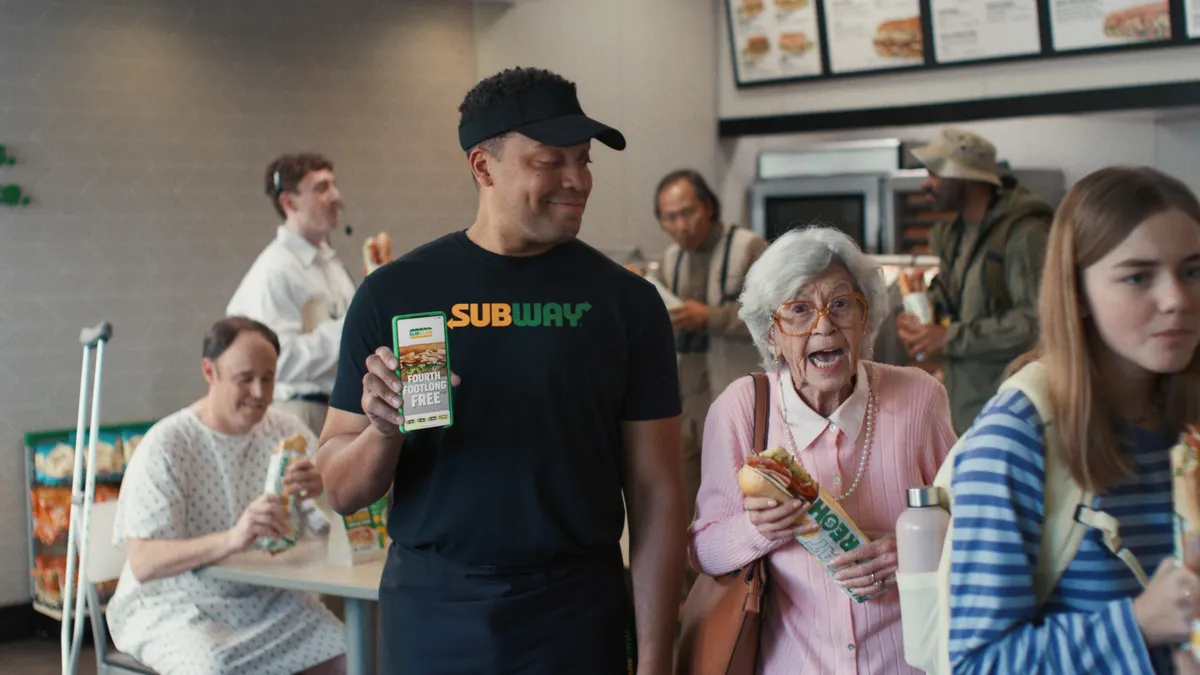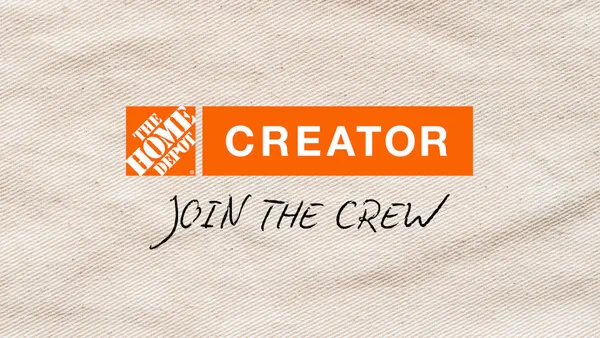Recognizing that people love to connect with each other during the holidays, Crayola developed a campaign around augmented reality (AR) technology that enabled consumers to send festive messages in a fun and easy-to-use method, reaping cost-efficient results along the way.
Crayola offered an AR filter on its website in December that featured falling snowflakes and the brand's logo. It could be used by consumers while filming holiday messages on a smartphone to be shared with family and friends. The campaign resulted in an 8% click-through rate and 62% view-to-completion rate for videos shared across users' social channels. Videos created by users, along with a compilation video, racked up over 330,000 total views, showing how AR filters — popularized by apps like Snapchat — have been embraced by consumers eager to personalize the videos they create. The effort underscores how brands can entice consumers to create user-generated content, which is typically a cost-efficient strategy, with Crayola's cost per view totaling $0.04.
"As a trusted brand, the ability to moderate and track the content generated was key for us," Marisa Scurato, digital marketing manager at Crayola, told Marketing Dive. "It's also important for us to be able to control the user experience to ensure our consumers have a fun, positive brand experience."
"[G]enerating UGC video (vs. static imagery) provided a more engaging experience for both content generators and their networks," Scurato said. "Certainly the increased time spent with the content was a win for us."
Content that gets a warm welcome
To create the "Gifts of Infinite Possibilities" campaign — which officially ran on Facebook from Dec. 12-25 — Crayola teamed up with Vivoom. Crayola promoted a custom URL for the activation across all of its marketing channels to encourage video creation by fans and followers. The URL sent visitors to a dedicated site that allowed them to create their own videos, plus see clips from other people.
"Users accessed the filter through Crayola's homepage and via social posts on Facebook," Vivoom's CEO Katherine Hays said. "The activation brings users to a web based URL where they can immediately begin the process of recording a video, adding a filter and republishing the video to their own social and messaging platforms, all from their mobile device."
For Crayola, the effort showed that consumers want to engage with branded filters and are willing to share them with friends and family.
"During our 'Gifts of Infinite Possibilities' campaign with Vivoom, we noticed many users uploading multiple videos, suggesting that the UI and general experience was strong enough to keep them engaging again and again to watch their video or artwork with the branded filter reveal," Scurato said. "That was great to see."
Ads vs. relationships
A key benefit of the strategy for Crayola was being able to develop a one-to-one relationship with consumers. With Facebook continuing to downplay content from brands, marketers are looking for better ways to encourage meaningful sharing — something Facebook has prioritized in recent months.
Although the brand published content about its Video Creator page that helped people use the AR filter, it didn't encourage people to buy products in the posts.
However, Crayola tied in the holiday gift-giving tradition with its filter through a subtle message to users. Part of the associated content included a group of animated crayons near an open gift box. As the filter progressed, the interior of the present became the frame for a user's video content. The campaign also had its own hashtag: #GiftOfInfinitePossibilities.
About Crayola's future plans to incorporate AR into its marketing efforts, Scurato said the company hasn't yet finalized its plans for the year ahead.
"[B]ut we do know that empowering user engagement and user-initiated sharing will continue to be a priority for 2018," she said. "Crayola is fortunate to have a passionate, dedicated consumer base, many of whom already share their artwork within their social networks. We're certainly looking to continue to engage those users and amplify their creative experiences within a safe, fun digital environment."
The fan experience
For brands looking to update their user-generated content efforts with AR, it's important to consider the fan experience — and not just check off the box for AR, said Vivoom's Hays. The goal should be to make social sharing a core feature of the end result. This will ensure the engagement is authentic and has the power to grab the attention of consumers.
"This campaign is a great example of the power of fan-generated content," Hays said. "We know that today's consumers have a limited appetite for interruptive ads in their news feeds, but they do want to see photos and videos from their loved ones — something that has been demonstrated by Facebook's recent news about prioritizing posts from friends and family over posts from brands, businesses and publishers."
"In this case, giving people the chance to see a video of their grandchildren or nieces and nephews wishing them a happy holiday with a homemade card created with Crayola crayons or markers was welcome, largely because it was both authentic and meaningful."




